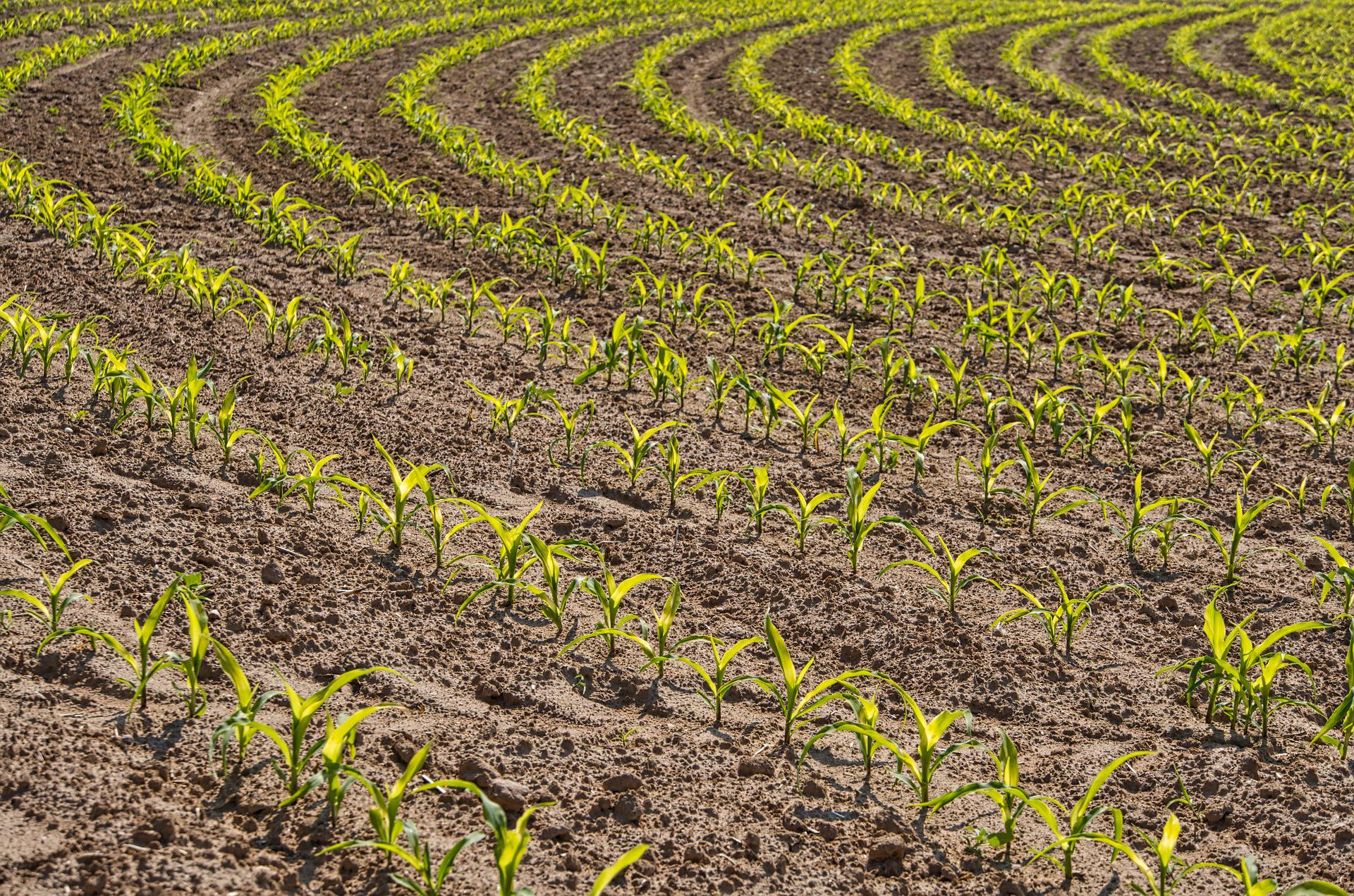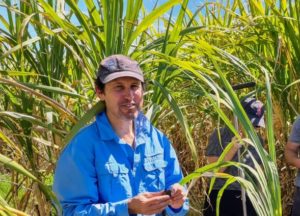
Could a synthetic grain made from the by-products of mining help in the fight against climate change, reduce river pollution and provide a sustainable fertiliser for the agricultural industry?
Researchers from Griffith University's Australian Rivers Institute are about to find out with an $800K research program partnering with Zeotech Limited to develop the potential use of a synthetic zeolite grain to soak up excess nutrients from waterways and redeploy it across fields as fertiliser, where it can simultaneously sequester carbon drawn from the atmosphere.
"The idea that we can take a waste stream like extraction residues and turn them into a product that has the potential to help combat two major environmental issues is extremely exciting," said project lead Dr Chris Pratt, from the Australian Rivers Institute.
"This is a potential win-win technology for rural communities, opening up expanding carbon markets and at the same time trimming their outlays on fertiliser. This technology could put rural communities in the driver's seat to lead the transition required to meet Australia's commitment to net zero emissions by 2050."
In the last 50 years flows of nutrients like nitrogen and phosphorus into our rivers and waterways and carbon dioxide into our atmosphere have far surpassed levels considered safe for the planet.

While people are aware of climate change and the problems associated with excess carbon in the atmosphere, few have heard of the equally serious problems caused by too much nutrients being washed into waterways.
"Humanities discovery of the Haber-Bosch process to pull nitrogen out of the atmosphere and turn it into fertiliser has inevitably led to massive increases in the flow of nutrients in agricultural ecosystems, with much of it ending up in rivers, lakes and dams," Dr Pratt said.
"In the water, nutrients do the same job as they do on land; stimulate plant growth. This leads to algal blooms in waterways which, when they die, decompose draining the oxygen out of the water causing fish kills and uninhabitable dead-zones."
Preliminary results of Dr Pratt and team suggest that the synthetic zeolite grains being studied have the ability to adsorb large amounts of nutrients and can be used to remove them from affected waterways, nullifying the potential problems they can create.
Synthetic zeolites are manufactured aluminium and silicate minerals with a sponge-like structure, made up of tiny pores that allows them to act like molecular sieves which can be designed to selectively absorb specific target molecules.
"The relatively weak adsorption of the nutrients to these synthetic grains, combined with their ability to retain moisture and buffer pH, reducing potential soil acidification, make them a compelling fertiliser delivery platform definitely worthy of further investigation," Dr Pratt said.
"Our goal is to characterise these grains, assessing and improving on their ability to capture nutrients and return them to agricultural soils, as well as developing their ability to bind pollutants and carbon in soils they are deposited in enhancing climate mitigation in agricultural landscapes.
"With regard to the latter, we'll investigate their ability manage agricultural pollutants by locking up agricultural pollutants and pesticides reducing their availability to organism in the soil and to sequester CO2 from the atmosphere with the potential for long-term soil carbon storage."
This technology could represent a tangible opportunity to support sustainable food productio and simultaneously draw carbon out of the atmosphere in the fight against climate change.
"The hope is that it could all but removing the need for energy intensive fertilisers that end up in waterways, reducing farmers costs, providing an additional revenue stream through carbon farming and increasing their ability to cope with existing and emerging challenges like fertiliser resource scarcity and the increasingly difficult growing conditions associated with changing climates.






